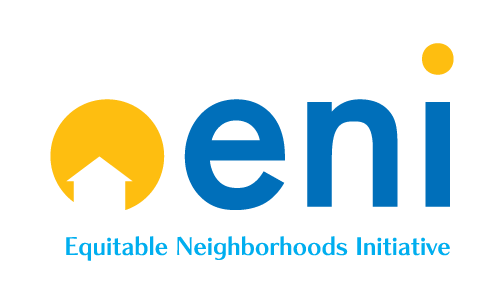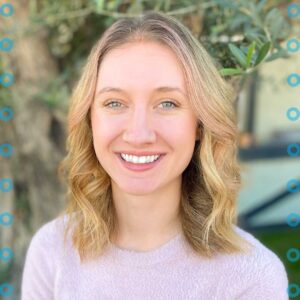April 30, 2024
– By Gabrielle Lamplugh –
The Equitable Neighborhoods Initiative and our partner communities are establishing local health equity plans. These plans will make our state a healthier place to live, work, raise a family, and enjoy life.
Mike Easterwood, ENI Associate & Community Development Specialist, has assisted ENI communities with developing and implementing their health equity plans. Mike explained how the plans are a unique asset in the community development process. Traditional strategic plans take a high-level view of community infrastructure, from education to the economy. However, health equity plans take a close look at the healthcare landscape in a community. Central to developing the plan is asking three guiding questions:
“Where are we now in terms of our community health? Who would we like to become in this period of time? And how do we reach those goals?”
Mike emphasized a deep exploration of the community’s current healthcare assets is the cornerstone of the process.
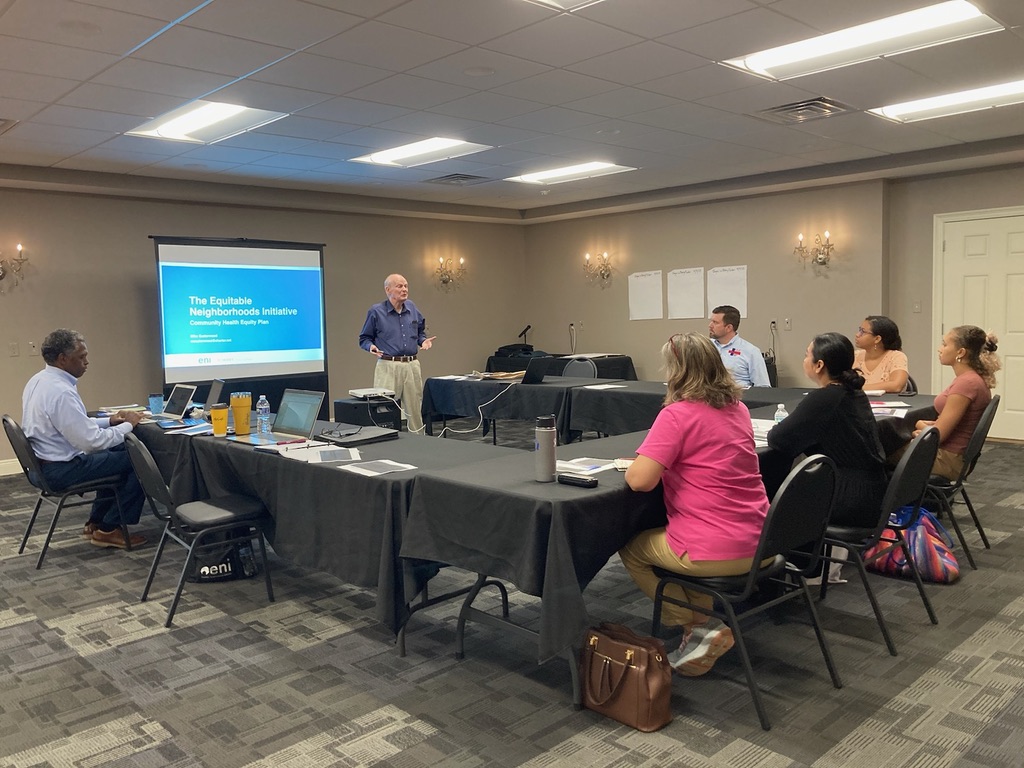
“You begin with what you have – your strengths, your assets,” Mike explained. “There are a good number of folks in communities who don’t know what they already have.”
These assets are the building blocks of a community’s health resource directory. The directories identify and list all the current health assets in the community. Assets range from medical providers and nonprofits to community groups. The ENI team created these resource directories available for communities to use and update as needed. They can be downloaded here or on each community’s individual page.
ENI Regional Director Lisa Murphy echoed the importance of directories in highlighting community resources.
“So many people do not realize the different services that are available in their communities. The services that may already be established in that community,” Lisa shared. For example, many are unaware of regional and statewide services that are available.
Mike also emphasized that identifying resources is essential to identifying health resource gaps. Identifying these gaps lays the groundwork for health equity plans. According to Mike, the key to the success of each health equity plan is the plan’s simplicity as well as the community engagement process. By the end of the planning process, the goal for each community is to identify the three largest health issues they currently face. From there, they develop a three-year action plan for how to address these issues.
Lisa has seen how important the accessible approach of health equity planning is in the communities she partners with.
“I’ve been so impressed with them setting goals and timeframes and on what we’re gonna do first and then what is our next step,” Lisa said. “Each step builds on the next step.”
Mike shares more details about ENI’s health equity planning model in the video below.
Collaborating to Create Healthier Communities
Central to ENI’s approach is inclusion. During the health equity planning process, each ENI liaison and advisory group member invested time in outreach. In doing so they ensured their neighbor’s voices were heard.
The strength of ENI is going into the communities and asking them what their real needs are, instead of an outside entity, far away from our community saying ‘here’s what we think you need.’
Keith Rhudy, Guin Community Liaison
“Many times in community planning it’s not very inclusive,” Mike emphasized. “Community leaders, city councils, county commission and leadership take the dominant role.”
“For the ENI health plan, every planning effort featured not just community leaders, but residents, health care providers, health care professionals, and faith-based organizations,” Mike continued.
By the time the 20 plans are finalized, a minimum of 200 people will be engaged throughout the process.
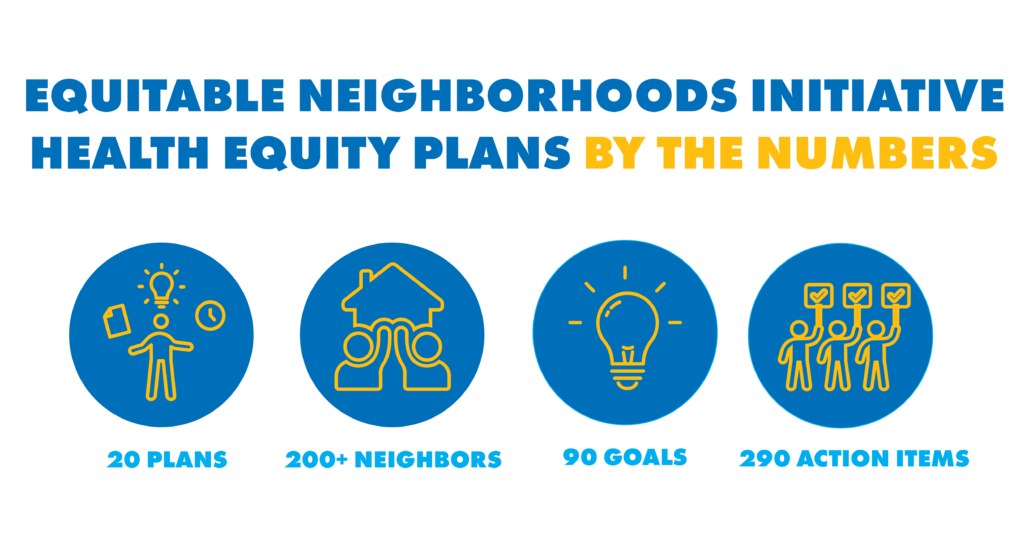
For Keith Rhudy, ENI Community Liaison for Guin, the inclusive approach to the planning process is key to each plan’s long-term success.
“The strength of ENI is going into the communities and asking them what their real needs are, instead of an outside entity, far away from our community saying ‘here’s what we think you need’,” said Keith.
Because each community self-determines the issues their plan will address, liaisons have seen enthusiasm from community members in making their plans a reality. Both Keith and Lisa have seen excitement in their communities. Their neighbors are invested in addressing issues ranging from mental health and substance abuse prevention to heart health and diabetes.

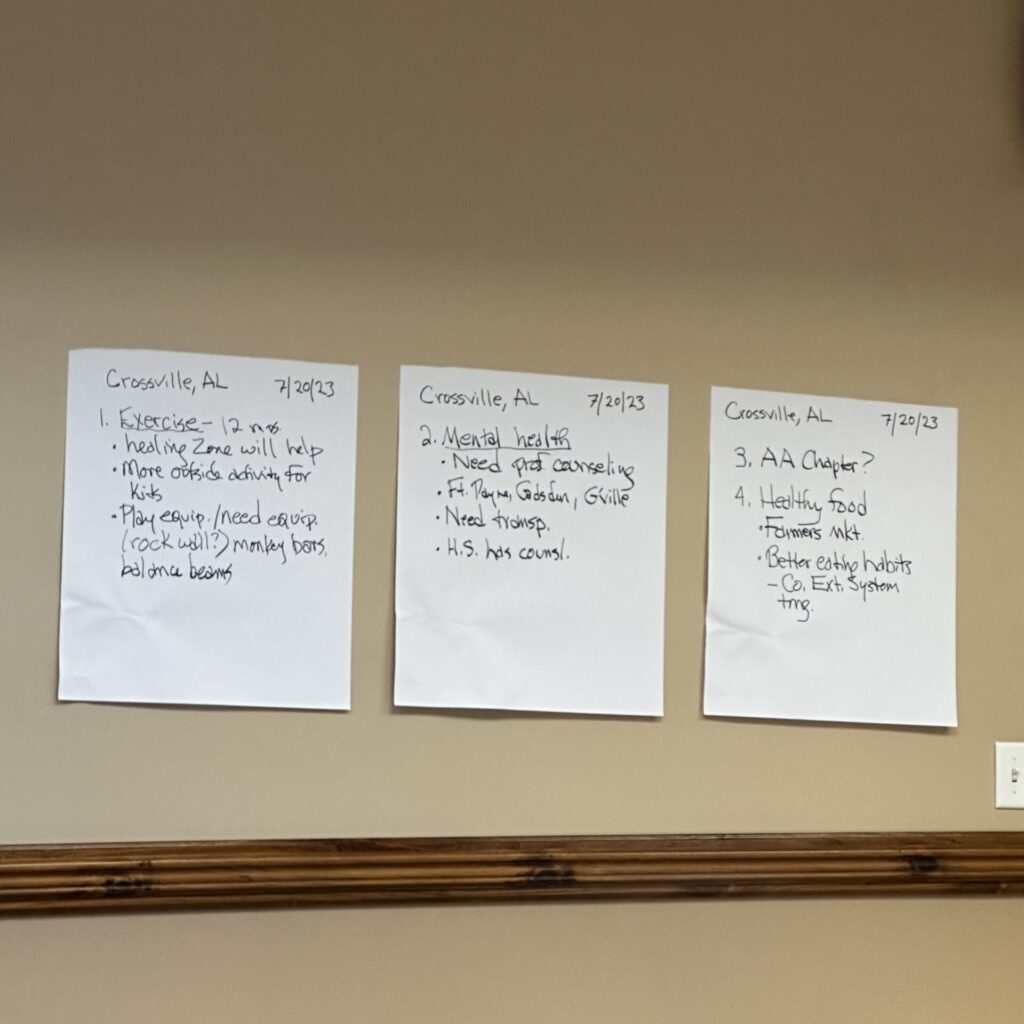
For Mike, one aspect of community engagement – youth engagement – is a unique aspect of ENI.
“One of the very unique features of this planning process was involving youth. Most community planning efforts that I’m familiar with, it’s not that they ignore youth, but it’s like they’re forgotten,” Mike shared. “But this project made a strong effort, a very successful effort, to involve youth.”
Keith and Lisa also see youth involvement as essential to the program’s success. In Guin and Haleyville, youth have been integral to the success of the project so far, with young people spearheading efforts to improve health equity.
A Bright Future
A year in, many communities have begun using their health equity plans as they look toward the future. The plans have supported communities while writing grants and establishing partnerships. They have also inspired various events and programs to educate and serve the public. For example, Haleyville’s ENI coalition partnered with Lakeland Community Hospital and the City of Haleyville to host a Health Resource Fair. Lisa also shared how youth are playing a central role in the plan’s success.
“Youth in Haleyville have basically taken this mission and are spreading the word, promoting drug prevention and the effects of drugs not only on your body, but also on your family and your life,” Lisa shared. “And then, they’ve gone and promoted that message in their school.”
Across ENI communities, we have already heard stories of health equity plan success and the seeds that have been planted for the future. For Keith, the process has inspired a new sense of hope.
“I have worked for the city of Guin and as Parks Director for over six years,” Keith said. “And of course, when you’re involved in the public sector, you see all kinds of programs.”
“I’m going to say this is the very best program I’ve ever been involved with,” Keith continued. “It has already been a benefit to our community, and it will continue to be so.”
